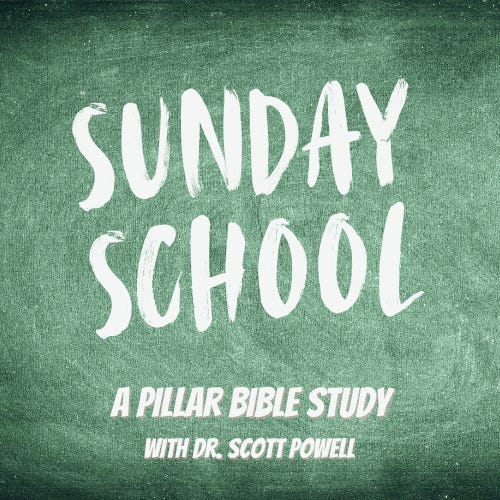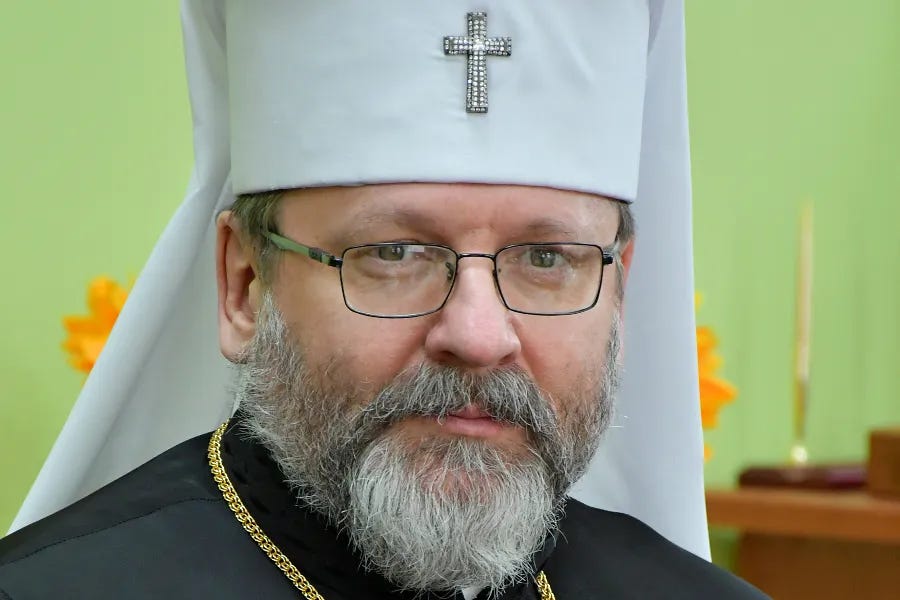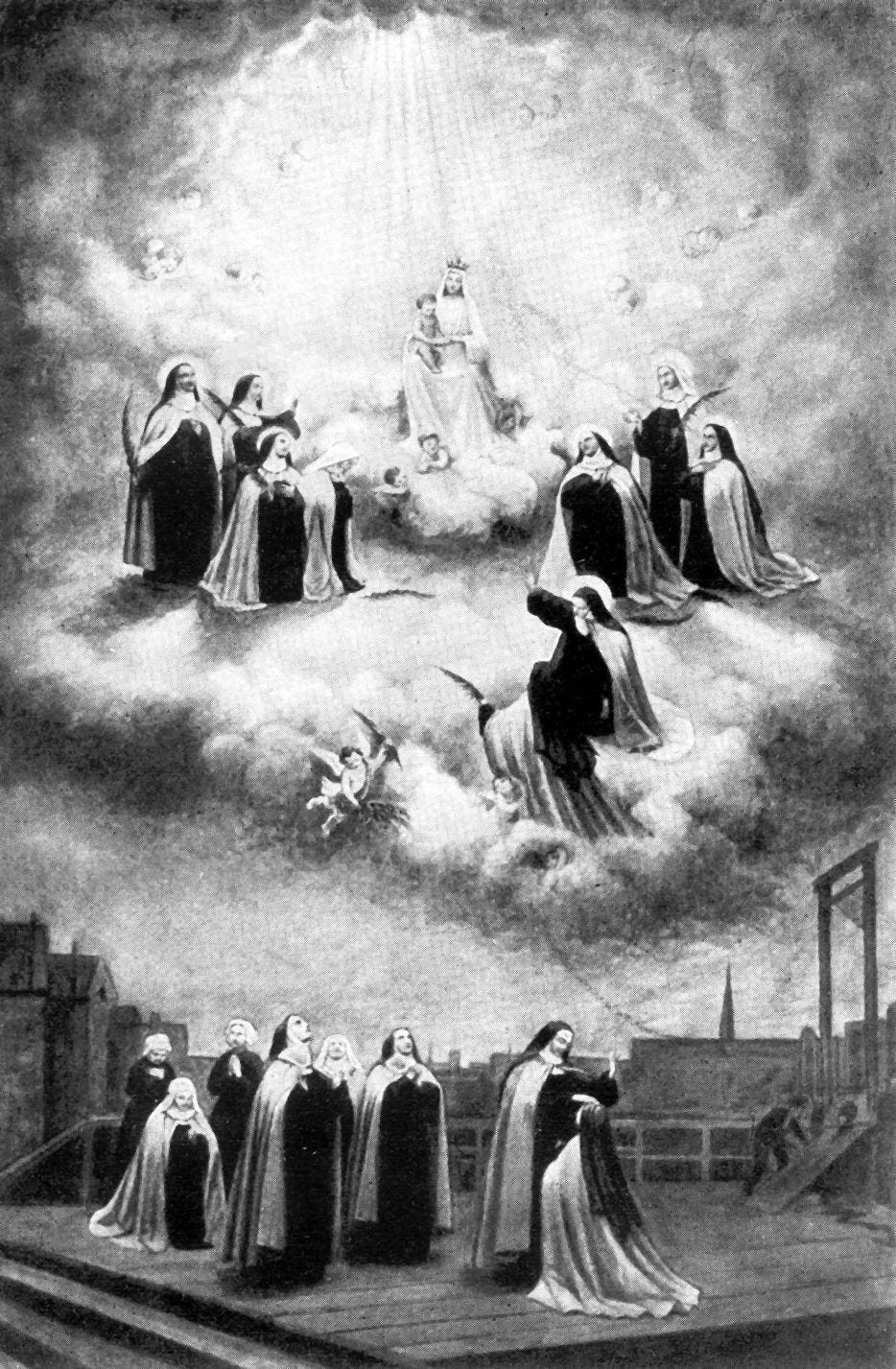After naming a new prefect for the Vatican’s doctrinal office and publishing a list of personal invitees for the October synodal session, Pope Francis capped a seismic nine days on Sunday by publishing a list of new cardinals he will create in September.
It was, by any standard, an historic run of activity for the pope. And with the 86-year-old Francis coming off a recent surgery and heading into a punishing international travel schedule, it’s difficult not to see the slate of nominations as legacy planning.
But what is the legacy Francis is creating for himself — is he positioning the pieces for a calculated endgame to his pontificate? Or does he view himself as — to use his own exhortation at World Youth Day in Brazil — “making a mess,” clearing a space for the Holy Spirit to move when Francis steps off the stage?
In other words, how does Francis understand his very big week?
—
However it concludes, the Synod on Synodality will likely be considered the defining event of Francis’ pontificate.
While in theory the synod, and the global consultative process which has preceded it, is meant to produce a conversation about what exactly it means for the Church to be “synodal,” the documents and discussions produced have veered across doctrinal and disciplinary matters.
Throughout the global process, the Roman curia under Pope Francis has at times appeared to be caught in a game of push-and-pull with the more radical agenda items proposed, and with those proposing them.
Consider, for example, that the Dicasteries for the Doctrine of the Faith and for Bishops have been engaged in a years-long battle against the German bishops’ “synodal way” and its calls for women’s ordination and formal Church recognition of same-sex unions.
But at the same time, the Vatican’s synodal secretariat has — in documents meant to “synthesize” the global synodal experience — seemed to promote those calls as “prophetic” minority voices.
For the last two years, those two Roman responses appeared to be in tension with each other, if not positively moving in different directions. But that changed last week, in the eyes of many, when Francis named Archbishop Víctor Manuel Fernández as the new prefect of the Dicastery for the Doctrine of the Faith.
Fernández immediately made waves, giving a series of interviews and public statements in which he signaled his openness to revisiting — even reversing — his new department’s previous declaration, issued with Francis’ explicit endorsement, that liturgical blessings for same-sex unions are impossible.
The sense that something significant is about to change was heightened on Friday, when the list of special papal invitees to the October synodal session included noted LGBT activist Fr. James Martin, SJ, and Cardinal Robert McElroy, who has himself called for the synod on synodality to debate doctrinal issues directly.
For many, that impression was set in stone Sunday, with the announcement of 21 new cardinals, including several presumed to be, or presented as, key votes for a “continuity Francis” candidate in a future conclave.
But even as commentators have begun to read Francis’ actions as those of an old man in a hurry, it’s not clear yet where he’s hurrying to, exactly.
Or at least, it’s not clear what the pope sees as the likely point of his own departure.
—
If Francis is clearing the way for major reversals in Church teaching, the general consensus among Vatican watchers seems to be that the synod is his chosen delivery mechanism, wrapping up a global multi-year process with an apostolic exhortation defining a new kind of “synodal” Church.
The post-synodal document, so the popular theory goes, will provide the theological and ecclesiological framework on which to hang a new era of progressive reform, with the synod itself serving as a kind of invitation-only Vatican Council III to give it a semblance of consensus.
But while that theory has its adherents on both sides of the ecclesiological aisle (with some furious and others delighted by the prospect), it doesn’t exactly map onto actual events.
If Francis intends the synod to be a carefully curated coalition of the willing, and devoid of any meaningful discussion, it doesn’t make immediate sense for him to include some of the synod’s most vocal critics, like Cardinal Gerhard Müller, in his list of personal invitees.
Indeed, while much of the critical focus of Francis’ synodal picks has fallen on figures like Martin, a more dispassionate assessment would probably mark them as having been likely invitees from the start — certainly compared to someone like Cardinal Müller.
And the expectation that Francis is building towards a post-synodal crescendo of big bang reforms would seem to argue against the reading of the pope as a man in a hurry — on the contrary, Francis has already acted to extend the synodal process by an entire year. And, depending on how the opening sessions progress in October, and how the synthesis documents published thereafter are received by attendees, there’s no reason to rule out the chances Francis might choose to extend it further still.
If Francis were intent on ramming through controversial or ecclesiologically confounding changes via the synodal process, and cementing his legacy before his own death, it would make more sense for the pope to have kept to his original timetable, invited fewer critics of the project, and ended the synod this year.
—
Similarly, if Francis was suddenly concerned by his own mortality and cynically aiming to ensure the “right” kind of successor at a future conclave, it’s not clear that Sunday’s list of new cardinals is the one best calculated to deliver a predictable result.
Some commentators have offered the now cut-and-paste columns on how Francis’ picks show his preference for the peripheries, his desire to see cardinals cut from his own brand of pastoral cloth, and people he knows and likes personally, rather than relying on obvious or customary candidates from traditionally cardinalatial sees.
There is, of course, some truth in these caricatures of the pope. He does like to confound expectations and norms by naming auxiliary bishops to the college of cardinals, rather than their archbishops — but 10 years into his pontificate, he’s as likely as not to have named the archbishop in the first place, making the pass-over a slight (if one is intended) on his own judgment, too.
It is certainly true that the men he selects tend to bear the Francis-style hallmarks of pastoral proximity and personal simplicity.
But the notion is downright fanciful that a conclave composed of fewer French or Argentine cardinals (for example) and more African representatives than ever before is a surefire way to deliver a future pope in favor of, for example, Church blessings for same-sex unions.
Fanciful, too, is the assertion (often made but patently false) that Francis doesn’t consult or take advice on his nominations, but instead picks every new cardinal because he personally knows them well.
For sure, the pope will include some purely personal picks in his consistory lists, but it’s well known around the papal court which cardinals lobby Francis on future appointments, and with what success, some more insistently than others.
And while making the college of cardinals more global may indeed be a deliberate aim of the pope, achieving it is directly at odds with shaping a predictable vote in a future conclave — because the pope doesn’t really have a way to know the ecclesiological leanings of the far-flung men he’s picking, or very much about them at all, actually, and because many of them hail from quite conservative places.
Accepting, for the moment, the theory that Francis’ busy week of appointments is a kind of legacy planning by the pope, at present he appears to be throwing both the synod and the conclave open to widely different possible outcomes, dependent on his own longevity and the identity of whoever succeeds him.
Given Francis’ own repeated desire that the Church be open for the Holy Spirit to act during the synodal process, it may be that he wants his legacy to be a kind of holy mess, offered up for the Spirit to take and shape as God intends.
It wouldn’t be the systematic kind of plotting many like to applaud the pope for (or accuse him of), but it might be the more authentically Francis way of doing things.
—
Of course, the Francis pontificate is not over yet
Another possible reading of recent events is that Francis is actually planning to see through a radical reforming agenda before the synod concludes — in this reading, installing Archbishop Fernández at the DDF, with an implicit mandate to reverse previous doctrinal statements right away, will free the synod to paint with a bigger, broader reforming brush.
Similarly, while a growingly distant and disparate college of cardinals, refreshed again on Sunday, might seem unlikely to deliver a predictable two-thirds majority in favor of any candidate at a future conclave, it may be that Francis has a reforming vision for that, too.
Although the current law governing the election of a pope requires that someone must be elected by a two-thirds majority, with the possibility of a run-off election between the two cardinals with the most votes after a certain number of ballots, this is a law which popes can change — and the election process has been changed in the past.
Previously, the cardinals could elect a pope by general acclaim — negating the need for an election at all, and deadlocked conclaves had considerable freedom to determine their own way of proceeding if they could not elect a pope, including delegating the choice to a “compromise” committee of electors.
It is entirely possible that Francis is shaping the college of cardinals for a very different kind of conclave, and currently has his designated legal mind, Cardinal Gianfranco Ghirlanda, working on amendments to the current constitution on papal elections, Universi Dominici gregis — or perhaps a new legal text altogether.
While no one cardinal today looks likely to secure a quick march to an absolute majority in a conclave, necessitating a long process and increasing scope for surprise candidates to emerge, the path to only a simple majority of 50% +1 could be a lot clearer, and easier to coordinate and predict.
Whether Francis is planning any of this, or will live long enough to see any of it completed, it’s impossible to predict. In that, too, perhaps the Holy Spirit will be free to act.
But whatever he’s up to, it is a mistake to try to interpret the pope as a systematic and deliberative leader, executing moves like pieces on a chess board. The math just doesn’t add up. In that light, the hermenuetic of “hagan lio,” is probably more helpful for understanding Francis — and history bears out his preference for that style.





